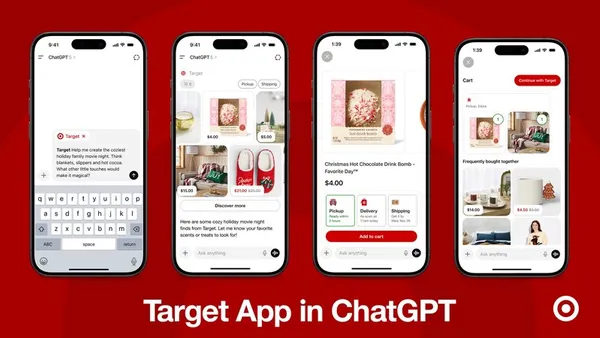Dive Brief:
- Facebook is preparing to test pre-roll video ads before shows on its Watch platform, according to a report Ad Age.
- The move is a strategic shift, per Ad Age, as Facebook had previously avoided the format. CEO Mark Zuckerberg, speaking on a conference call earlier this year, suggested pre-roll ads aren't compatible with the company's core News Feed. Instead, the social network bet on mid-roll ads, which interrupt a video in a manner similar to a TV commercial, to monetize its video content.
- The company is limiting pre-roll tests to its Watch tab, which launched in August and hosts videos in a feed-free environment to compete more directly with YouTube and also streaming services like Netflix.
Dive Insight:
Facebook's test of pre-roll ads might be a bit surprising given its CEO's aversion to the format, as Zuckerberg has previously suggested that forcing users to watch an ad ahead of video content potentially sours their experience. With Watch, Facebook has taken the route of mid-roll ads, with the intent to pique a viewer's interest first and then run an ad once they are engaged and less likely to click away. However, it's possible that people simply haven't been viewing Watch videos long enough to deliver results, as a recent analysis from Delmondo found that the average viewing time for Watch content was 23 seconds.
Possibly stemming from that trend, mid-roll "ad breaks," as Facebook's called them, haven't exactly wowed publishers and media entities either, according to a report Digiday. Facebook appears to now be making a concession to pre-rolls as it hopes Watch takes off and starts driving revenue. The latter aspect is essential as Facebook's core News Feed product runs out of advertising space to the point where cramming in any more ads in would hamper the user experience and turn people off.
By limiting the pre-roll tests to Watch, Facebook can boost ad impressions and revenue and make the premium video tab more attractive to brands. The model emulates a similar one to YouTube, which frequently runs bumper spots and pre-roll before users can view their selected video.












